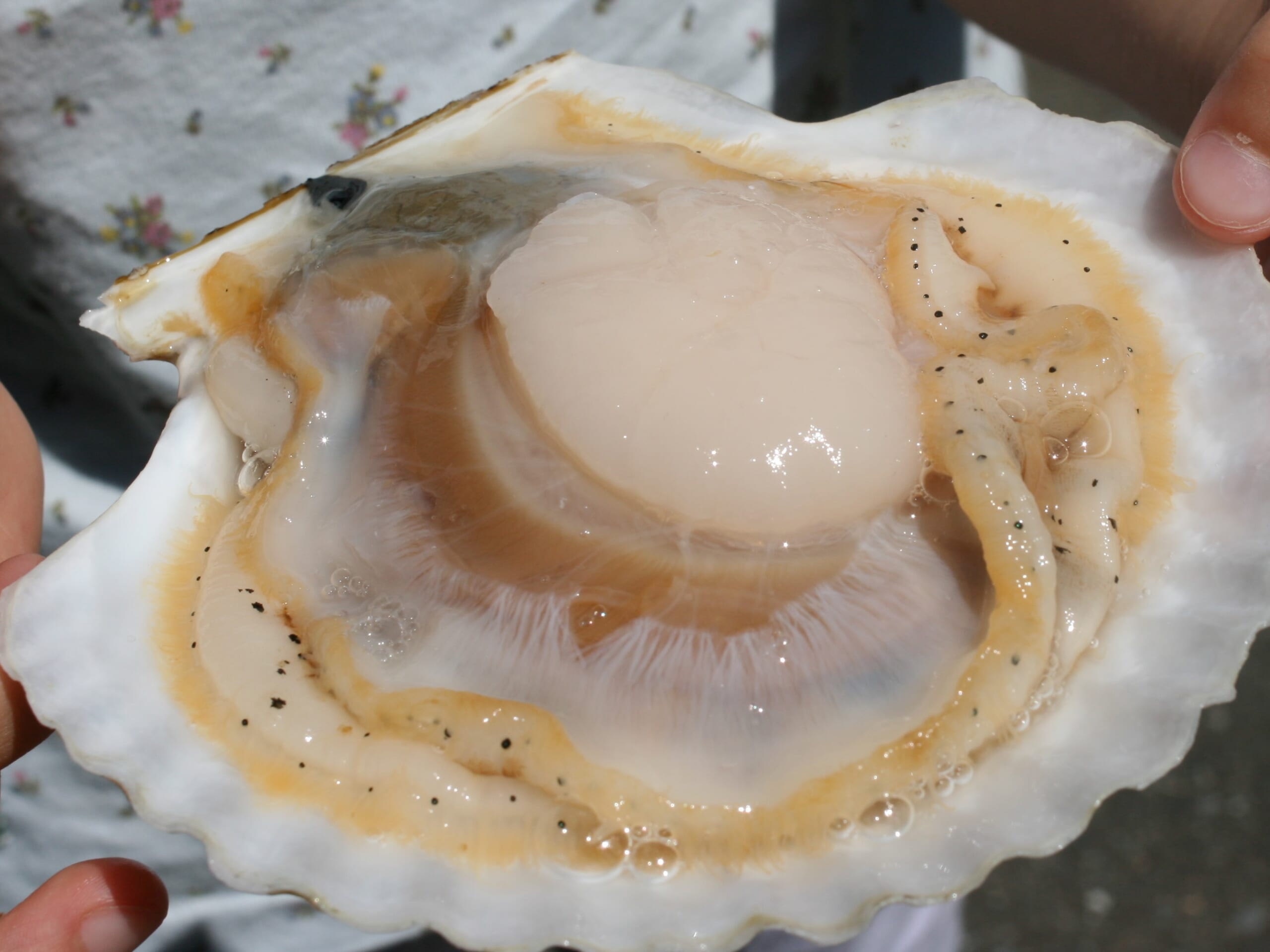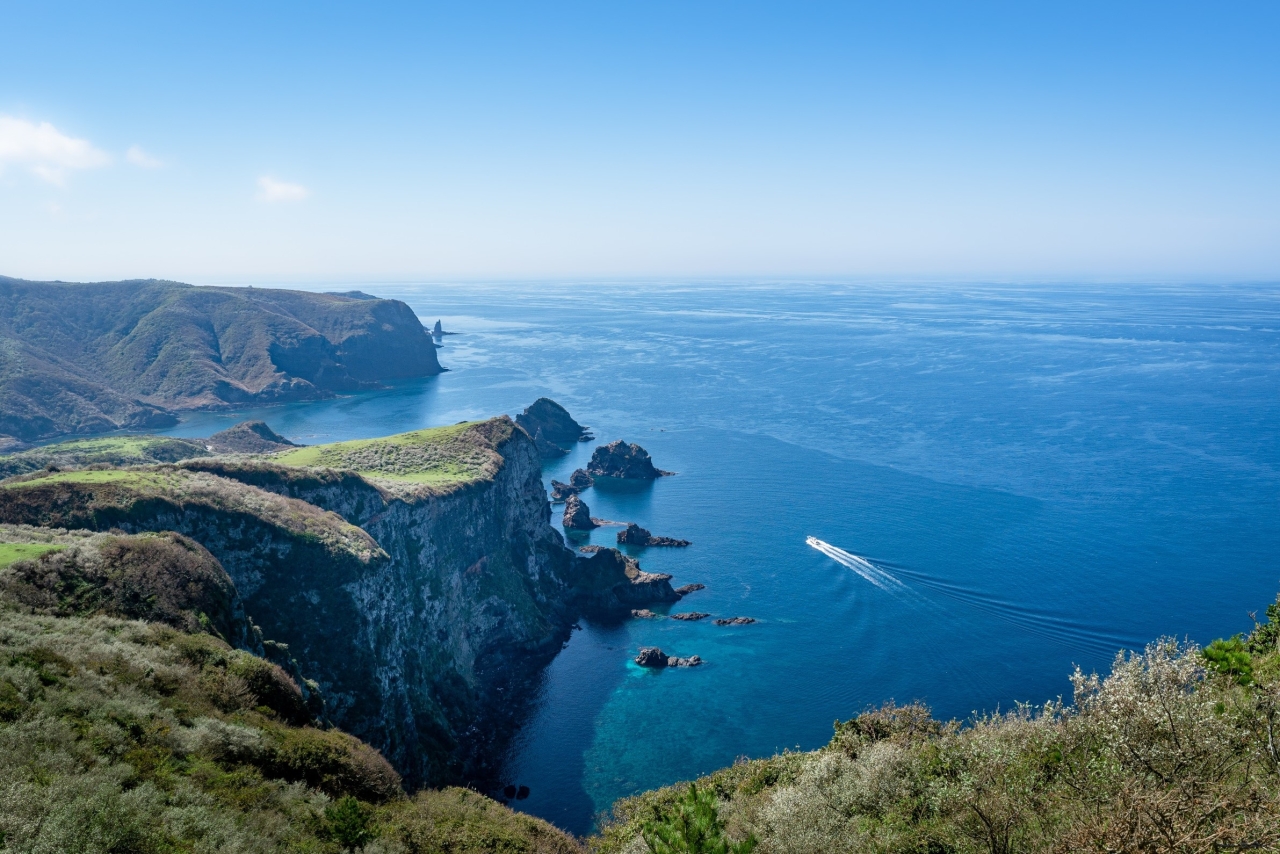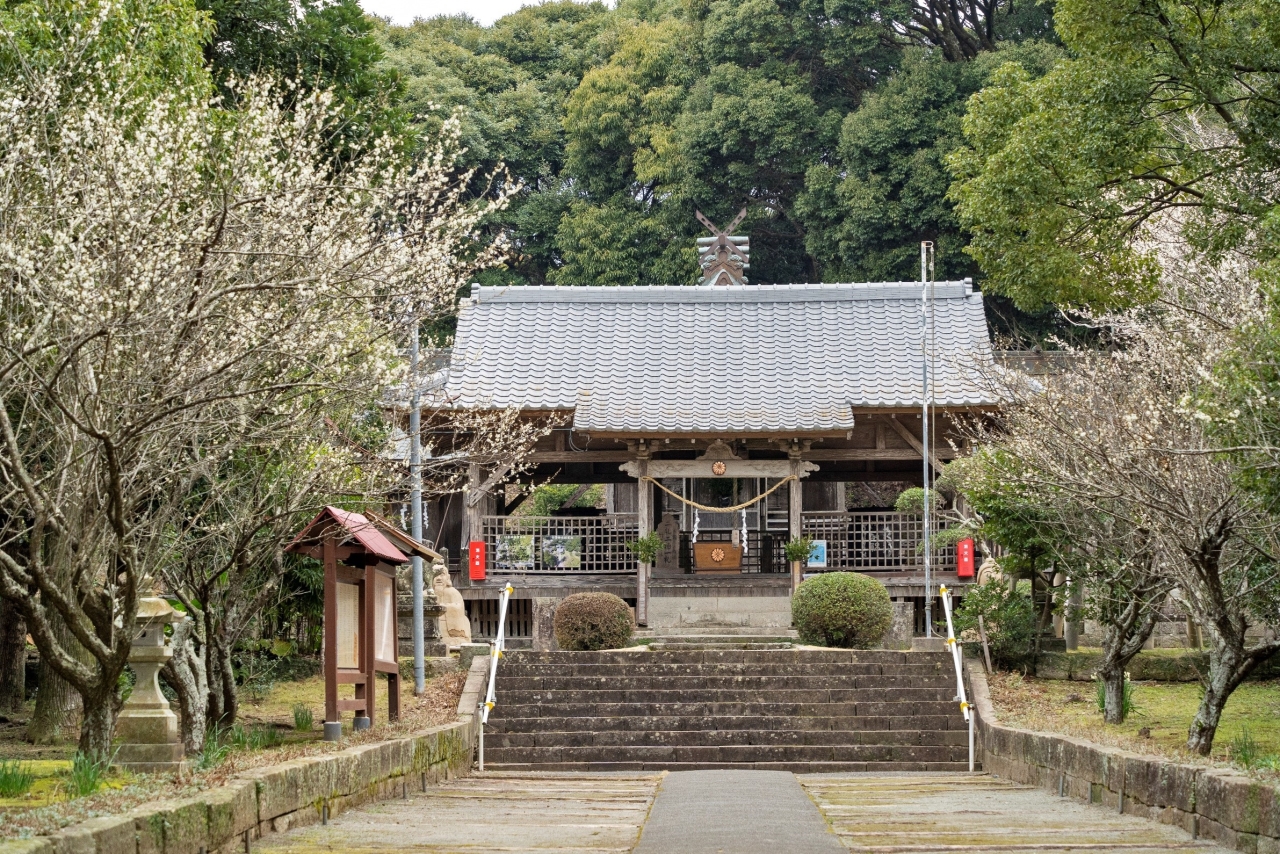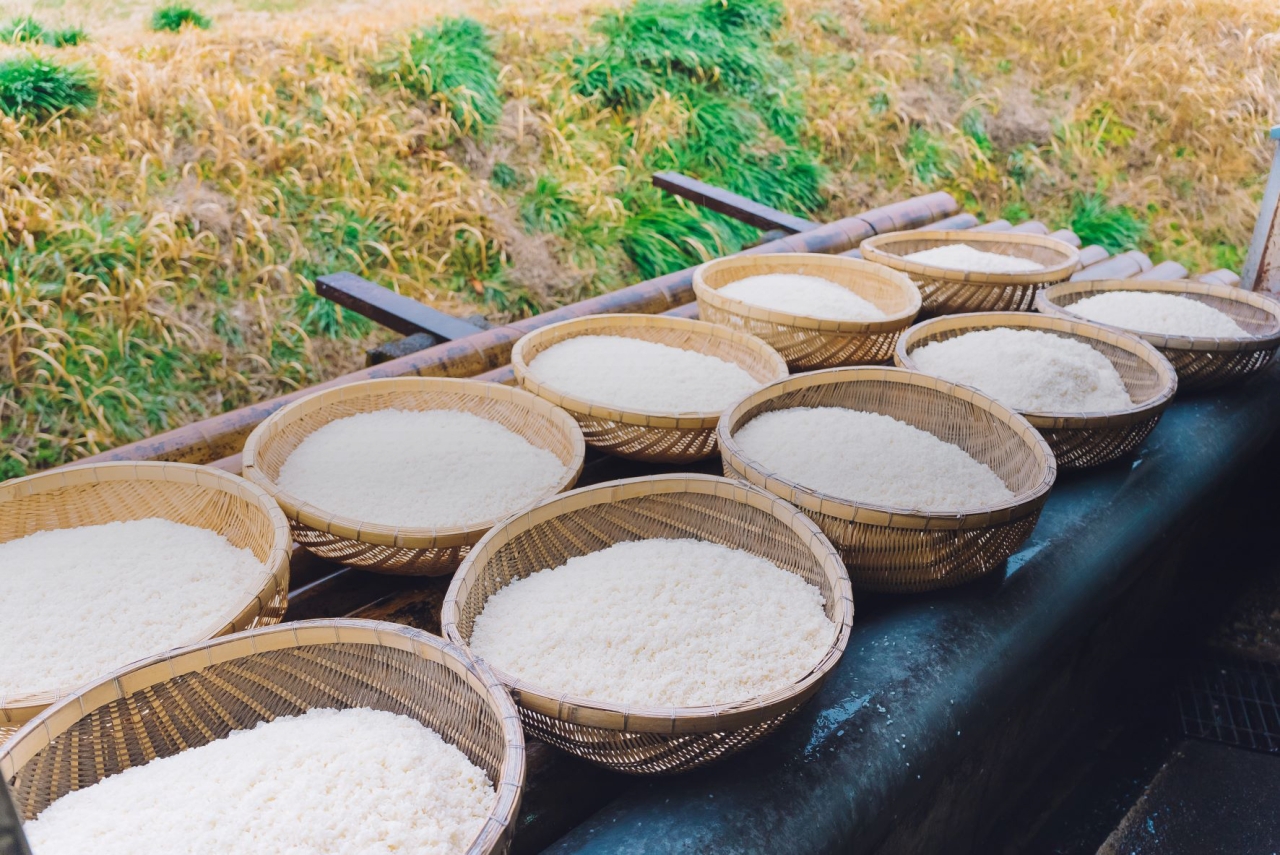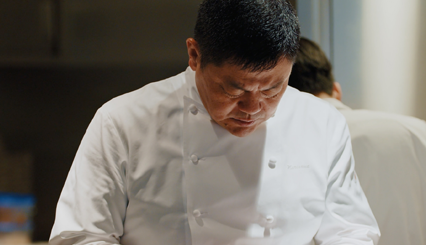
Developing the Potential of Japan’s Satoyama Culture
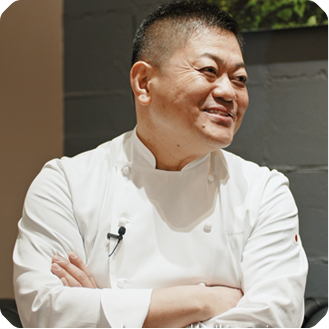
Yoshihiro Narisawa
Owner-chef of Restaurant NARISAWA
Celebrating Satoyama Culture through the Culinary Arts to Create “Innovative Satoyama Cuisine”
Yoshihiro Narisawa, the owner-chef of restaurant NARISAWA in Minami-Aoyama, Tokyo, is one of Japan’s world-class chefs and an artist dedicated to crafting a variety of innovative food creations. For more than 20 years, Narisawa has been focused on the culture found in rural foothill villages of Japan, called satoyama culture, where people coexist closely with nature. He explores the rich food culture and the ancestral wisdom passed down there, and expresses it through his uniquely creative cooking style—establishing a new genre he calls “innovative satoyama cuisine.” His work demonstrates his philosophy of “beneficial and sustainable gastronomy,” environmentally-conscious gourmet dining that shows respect for nature while nourishing body and mind. Narisawa shows his commitment to preserving satoyama culture through his activities in Japan and around the world, and by sharing his message, as he continues to search for the ideal future of food culture.
Chapter.01 Discovery of Satoyama Culture Sparked Inspiration for a Unique and Internationally Famous Restaurant
After beginning his career in Japan, Narisawa soon left for Europe. For nearly a decade his training took him from country to country, until he returned to Japan to establish his own restaurant. In 2018, he was awarded the International Academy of Gastronomy’s highest prize, the Grand Prix de l’Art de la Cuisine. His restaurant has earned a spot in the highly influential “World’s 50 Best Restaurants” for 13 consecutive years, starting in 2009. Narisawa’s reputation and innovative spirit as one of the world’s top chefs continues to grow.
“The first thing a chef should do is to get out of the kitchen and go to where ingredients are found growing in nature,” he explains. For over 25 years, Narisawa has spent his days off visiting mountain and seaside villages across Japan to talk with the farmers and fishermen who live and work there. On these trips, he learned that worrisome changes in the local environment are seriously influenced by the shift to a modern lifestyle, and that one of the primary reasons is deforestation, which impacts water and air resources.
The people of traditional Japanese villages depended on the forest’s natural resources, and as their wisdom deepened, they developed a lifestyle that encouraged the planting and maintenance of trees to sustain and improve the health of the forest. The philosophy of coexisting with nature, with humans living as part of nature, is embodied precisely in the Japanese concept of Jinen. The environments in which humans come into contact with nature are what we call “satoyama,” and the lifestyle customs and wisdom born out of necessity are “satoyama culture.”
“People living there have a knowledge, a wisdom about everyday life, that is very deep. The local culture in these bountiful Japanese satoyama villages shows respect for nature, and the food they make is so nourishing for both the body and the soul. I wanted Japanese people to understand this culture, and I’ve come to realize I can also share it with the world,” he says. Satoyama culture can be expressed through food beyond the confines of prescribed culinary genres. Natural ingredients should be prepared using techniques that maximize the potential of the wonderful and diverse offerings of every season.
Narisawa’s mission is to continuously engage in independent discovery, honing the techniques he has evolved, and applying the NARISAWA filter to invent like nothing seen before. And it is in this way that the marvel of “innovative satoyama cuisine” was born.
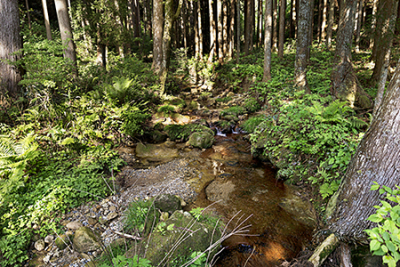
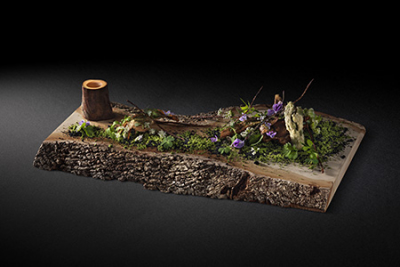
Chapter.02 Soil Soup: Demonstrating Food Safety
One of his most famous recipes is “Soil Soup.” Narisawa was moved by the meaning of soil as a symbol of food safety and security during a visit with a farmer in Nagano who grows safe and flavorful pesticide-free vegetables. Even soil has a season, and the best season to taste soil is deep winter, when living things are quietly sleeping. Soil Soup is made with only this soil, thin burdock roots grown in this same soil, and water. These simple ingredients provide a satisfying natural sweetness and umami.
Yoshiki Tsuji, Representative of Tsujicho Group and a dedicated fan who is intimately familiar with the food at NARISAWA, recalled his first astonishing encounter with Soil Soup in clear detail. “It was around 10 years ago, and I remember everybody around me had a very strong opinion on the subject. His reason for creating this soup wasn’t to shock people, but not only did people express surprise, some people said things like ‘What on earth is he thinking?’ or ‘He should stick with the old favorites.’ Those of us who sympathized with Narisawa’s intentions began to contemplate more sincerely, as eaters, the message that he was trying to send.”
Narisawa says he created this recipe in order to demonstrate food safety. This soil grows vegetables without using any pesticides or fertilizers. He believed that having people eat that very same soil would communicate his message more directly.
“Of course, every chef wants to be praised and told, ‘Your food is amazing,’ ” says Narisawa. “With this soup, five out of ten people say ‘What is this, a bowl of mud?’ But the other half would say, ‘Oh, what ingredients was this made from?’ In 2004, there was an Italian pianist who started to cry when he tasted it. He said that he didn’t need an explanation. That’s when I realized that my idea was working. I realized that food has the power to send a message, that we as chefs can be the messengers.”
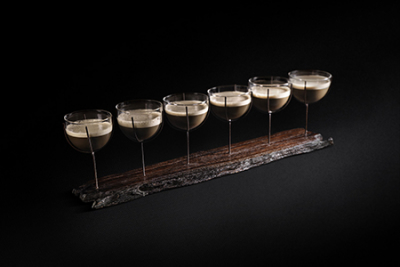
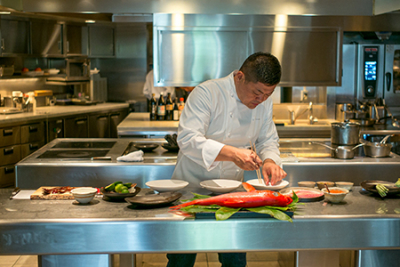
Chapter.03 Sharing Japan’s Magnificence with the World and Taking Action
In 2009, Narisawa was invited to give a lecture at a sustainability conference in São Paulo. “At the time, Japan, and the Japanese food and beverage industry in particular, still lacked awareness of problems relating to the environment. But the rest of the world, especially South America and Northern Europe, was already noticing dangerous changes in nature. I was at the conference to talk about how wonderful Japan is. We have mountains, and oceans, and the sixth longest coastline in the world. That’s right, our little islands have more coastline than the U.S. or China. We don’t have much space, but we have a deep relationship with nature. That was enough for me to feel proud. So satoyama culture has a sustainability, and a beneficial nature. In my talk, I explained that Japan was more than just the urban landscape of Tokyo, that it has a lifestyle culture that’s even more amazing, and that’s how the foods we love, like tempura and sushi, were born.” Every year for more than 14 years, Narisawa has been meeting with top chefs from around the world to actively discuss how to solve environmental and other societal problems through food.
During the COVID-19 pandemic Narisawa has continued to be active, turning ideas into real action. To provide security to the farmers who grow delicious, pesticide-free vegetables to supply NARISAWA, he set up a new kitchen area dedicated to preparing food for takeout, and established a production system for it. He has repeatedly expanded the offerings for takeout and delivery, maintaining high standards that make the customer feel almost as if he or she is enjoying a meal at the restaurant—an at-home dining experience that has attracted a great deal of attention.
In February 2021, Narisawa launched the “Onigiri Project” (discoverable on social media by the hashtag #onigiriforlove). He visits sake breweries around Japan, and together with local restaurant industry workers and brewery staff, makes onigiri (rice balls) using regional ingredients, which they then deliver to health care workers. “I’m not alone. Chefs all over the world are working in their own style, in their own city, to offer what they can. I think it’s amazing.” As expectations rise for the role that chefs can play in society, Narisawa has emerged at the vanguard of his generation.
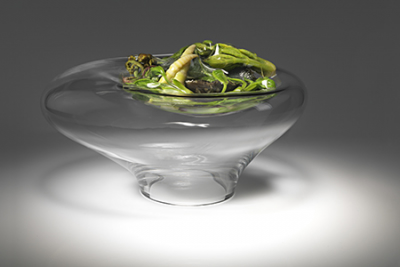
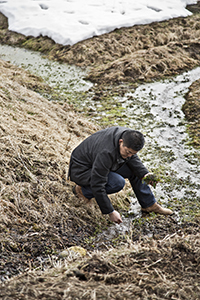
Preserving Satoyama Culture for the Future
“If we strive to understand nature, starting with the forests, if we listen to what the older generations living there have to say, and learn how to coexist with and restore health to the forests, then we can restore health to the soil, the air, and the water, and we can help protect the natural ecosystem.” Commitment to choosing safe and pure ingredients will lead to an increase in demand, and inspire more farmers to follow this path. Narisawa is serving as a leader in that role, as he works towards achieving the balance of an ideal, safe lifestyle. Of course, cooking is still about making great food. Starting with a simple idea, food is transformed into culture, and defines us as humans. We must never forget this as we build our lives in a diverse, modern world.
Written by・Atsuo Ohki
Interview Date: Jan.21.2022
The content of this article is as of the interview date.
Click here for the digest version of the video



